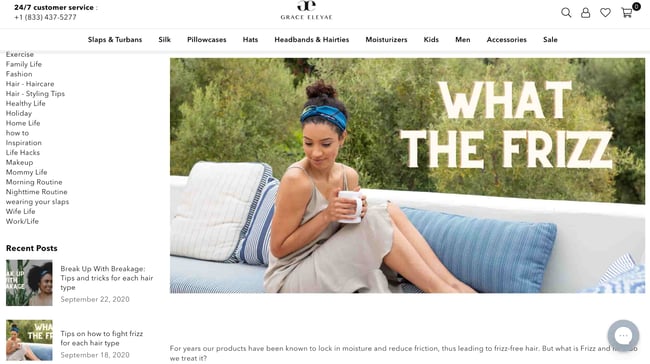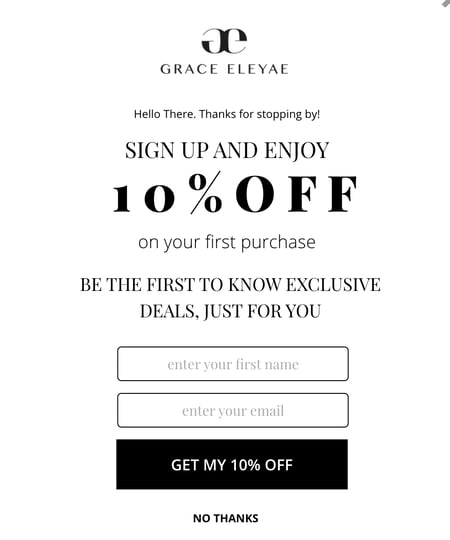How Do Conversion Paths Work? A Step-by-Step Guide

By rmoore@hubspot.com (Rachel Goodman Moore)
As a marketer, a big part of your job is to convert qualified website visitors into leads. Simple enough.
More specifically, inbound marketing requires you to create remarkable content they’ll want to trade their contact information for. From there, those leads turn into opportunities, who turn into customers and even promoters.
Clearly, conversions are a big deal. So how can you optimize yours? By creating conversion paths optimized to most effectively convert your ideal visitors into leads.
While not all conversion paths are identical and depend on the type of business they’re for, they have a few common attributes: a landing page, a call-to-action, a content offer or end point, and a thank you page.
- Landing page: A landing page is a specific page on your website designed to collect a visitor’s contact information in exchange for a resource, like a course, ebook, or other product.
- Call-to-action: A call-to-action is a section on a webpage or advertisement that persuades the visitor to act or do something. These can take the form of buttons prompting website visitors to sign up, subscribe, or buy a product.
- Thank you page: The thank you page shows your visitors that you appreciate them for taking a desired action. For example, a thank you page might appear after a visitor has signed up for a newsletter or filled out a form.
- End point: This may be in the form of a content offer, which is any material or resource given to a visitor in exchange for their contact information, completing the conversion path. These materials could be guides, ebooks, courses or other products. For e-commerce, instead of a content offer, a conversion path may end in a purchase.
In order to convert into a lead, a visitor sees a content offer of interest to them (or product in the case of e-commerce), clicks on the call-to-action button to access that content, and is then taken to a landing page. On that landing page, the visitor can provide their information on a form in exchange for access to the offer itself. Upon submitting that form, the now-lead is taken to a thank you page where they receive the offer.
Voila! Conversion path complete.
By designing and implementing the right conversion paths, you can most effectively move website visitors through the buyer’s journey and help them become customers and promoters.
Conversion Path Example
Let’s say you’ve been lured to the landing page above after searching online for tips for preventing frizzy hair.
You’re then prompted by a CTA (pictured below) that invites sign up for their email list in exchange for 10% of their products.
 You decide you’d like to try one of their satin-lined caps to fight frizz and take them up on the offer.
You decide you’d like to try one of their satin-lined caps to fight frizz and take them up on the offer.
<img src="https://blog.hubspot.com/hs-fs/hubfs/compressed%20GE%20Thank%20You%20copy.jpg?width=450&name=compressed%20GE%20Thank%20You%20copy.jpg" alt="conversion path example thank you …read more
Source:: HubSpot Blog










